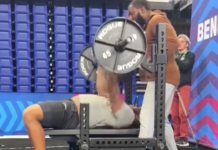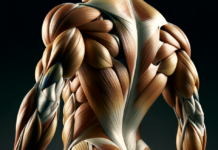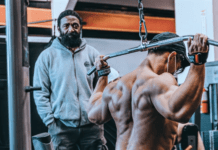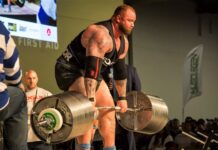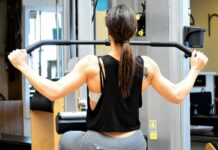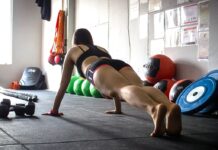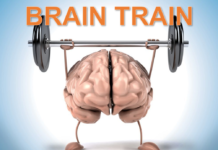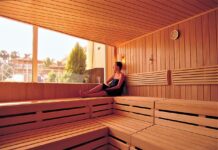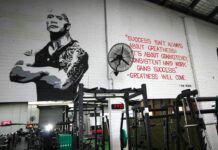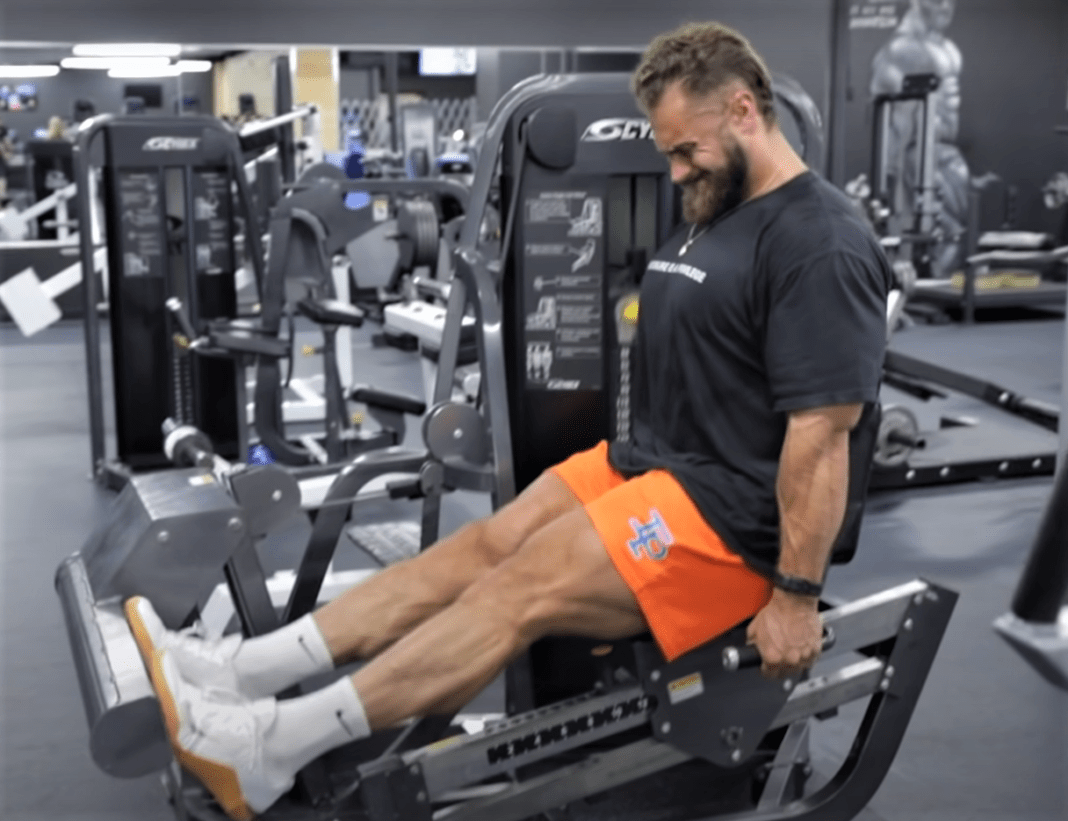Calf Presses / Instagram
News flash: Life isn’t fair. Even many easy gainers have difficulty growing calves, because, to a larger degree than other muscles, calf size and shape are genetically predetermined. Lucky individuals with low attachments can sport football-sized underpinnings without ever stepping on a calf machine; but if the gastrocnemius and soleus attach high, at best your calves will resemble sledgehammers standing on end. Don’t fret about what you can’t change. Get busy changing what you can. We’ve devised five fresh approaches to calf training to help you maximize your lower leg muscles, regardless of their attachments. It’s time to birth some bigger calves. These are the best calf workouts.
CALF WORKOUT 1: HIGH-LOW
A common myth is that calves are made up primarily of slow-twitch fibers. This leads to two divergent approaches: high reps (20-25) to exhaust the muscles’ great endurance capacity or lower reps (8-12) to shock muscles that are already accustomed to the endurance work of walking. In fact, both approaches are correct, precisely because the original premise is incorrect. While the soleus muscle (worked with seated calf raises) has, on average, about 80% slow-twitch fibers, the gastrocnemius muscle (worked with standing calf raises and calf presses) is built for both endurance and power with approximately equal quantities of slow- and fast-twitch fibers. (Also, there is a lot of diversity from person to person regarding slow- and fast-twitch calf muscle fibers.) Therefore, it would follow that a two-pronged attack of higher and lower reps would be most effective. Alternate a high-rep workout with a low/rep workout, or combine the two with our high-low calf routine. Each exercise in the following routine is done for two sets of low reps followed by two sets of high reps.
HIGH-LOW CALF WORKOUT
Standing Calf Raises — 2 x 6-8 reps
Standing Calf Raises — 2 x 20-25 reps
Seated Calf Raises — 2 x 6-8 reps
Seated Calf Raises — 2 x 20-25 reps
Calf Presses — 2 x 6-8 reps
Calf Presses — 2 x 20-25 reps
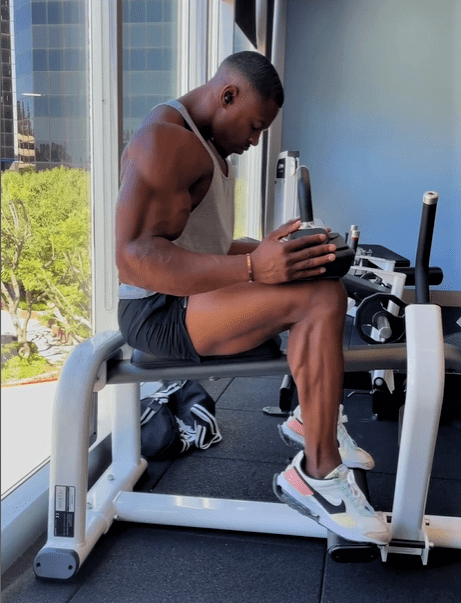
CALF WORKOUT 2: MEGA REPS
Though your gastrocnemius have approximately the same percentage of fast- and slow-twitch fibers, there is an abundance of empirical evidence that endurance sets work for growing calves. In fact, with the possible exception of abs, calves are the body part mostly likely to be trained with high reps. But how high is too high? Exercise scientist Jim Stoppani, PhD explains that very high reps can send signals to your muscles to increase their endurance capacity, and one way they do this is to shrink in diameter, so the nutrients for energy production can more quickly travel through cells to be burned as fuel. To avoid the marathoner look, Stoppani recommends against regularly doing sets of more than 25 reps. As an occasional shocker, mega reps can jumpstart complacent muscles, but do the following routine no more than once per month. Instead of stopping at a predetermined rep, work through the burn, and go to failure.
MEGA REPS CALF WORKOUT
Standing Calf Raises — 3 x 40+ reps
Donkey Machine Calf Raises — 2 x 40+ reps
Seated Calf Raises — 3 x 40+ reps
CALF WORKOUT 3: UNILATERAL
Try working calves unilaterally. One-leg calf raises allow you to concentrate more on the muscles, and, according to research, you’re stronger when training unilaterally than when training bilaterally. Incorporate one unilateral exercise in each calf workout, or, to truly get a leg up, try our all-unilateral calf routine.
UNILATERAL CALF WORKOUT
One-leg Standing Calf Raises — 4 x 12-15 reps
One-leg Seated Calf Raises — 3 x 12-15 reps
One-leg Calf Presses — 3 x 12-15 reps
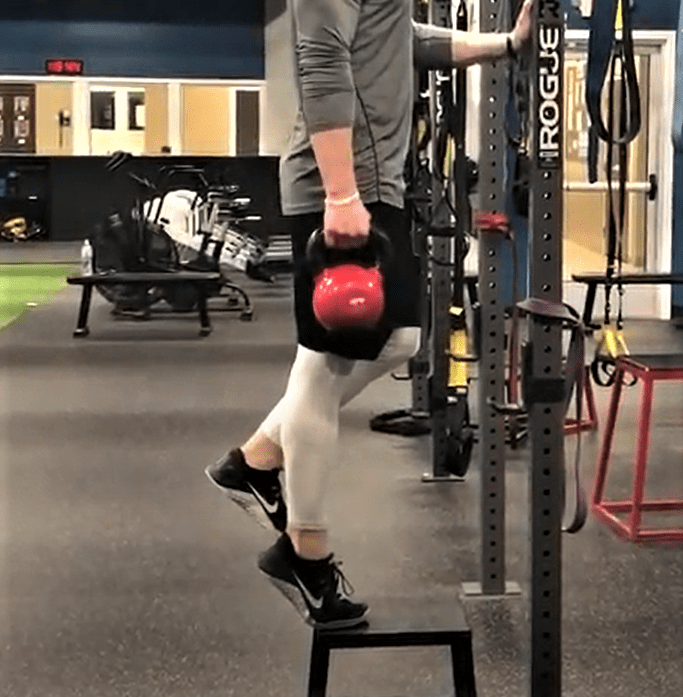
CALF WORKOUT 4: TOES IN & OUT
The premise goes like this: Point your toes inward while doing calf raises and you work your outer calves, point your toes outward and you work your inner calves. This is indeed true, but it’s too often overstated. In fact, no matter what direction you point your toes, you work the entire gastrocnemius when doing standing calf raises; you simply focus more emphasis on one area or another. The position of your toes is not as important as getting a full stretch and contraction each rep, so don’t stand so awkwardly you limit your range of motion.
TOES IN & OUT CALF WORKOUT
Standing Calf Raises (toes in) — 2 x 10-12 reps
Standing Calf Raises (toes out) — 2 x 10-12 reps
Seated Calf Raises (toes in) — 2 x 12-15 reps
Seated Calf Raises (toes out) — 2 x 12-15 reps
Calf Presses (toes in) — 2 x 15-20 reps
Calf Presses (toes out) — 2 x 15-20 reps
CALF WORKOUT 5: UNIQUE LIFTS
One reason calf training is frequently performed half-heartedly is the utter boredom of using the same standing and seated calf machines each workout. If you train in a gym with several types of calf machines, try them all; and the following four unique exercises can be done in virtually any gym. Add one to your current routine, or try our routine of all four.
HACK SQUAT CALF RAISES
While facing a hack squat machine, position yourself under the shoulder pads and stand so your toes are on the edge of the platform with your heels unsupported. Keep your knees slightly bent as you rise up and down on your toes.
ONE-LEG STANDING CALF RAISES
Being both free-weight and unilateral, this lift forces you to balance while allowing you to focus on one leg at a time. Stand with one foot on the edge of a block (at least four inches high), and keep the other leg bent. With one hand, grasp something sturdy, and hold a dumbbell or kettlebell with your other hand (the hand that corresponds to the leg you’re working). Rise up and down on one foot.
ROCKING CALF RAISES
Either balance a barbell on your shoulders as if squatting or hold two dumbbells. While standing on a flat floor, rise up on your toes as far as possible. Then when your heels come down, lift your toes off the floor as far as possible. That’s one rep. In this manner, your feet will rock back and forth, and you’ll stress the rear (gastrocnemius) and front (tibialis) of your lower legs.
TIBIALIS RAISES
The function of your tibialis is to pull your feet towards your shins. Growing these small muscles will not make a notable difference in leg circumference. However, when developed, they provide detail and depth to the front of your calves, and training them helps prevent shin splints (a common running injury). Some gyms have tibialis machines. If not, sit on a lying leg curl machine and position your toes directly under the ankle pads. Pull your toes up and back towards your shins, lifting the weight. You can also do these with a resistance band or kettlebell hooked over your foot. Very little resistance is required to work your tibialis.
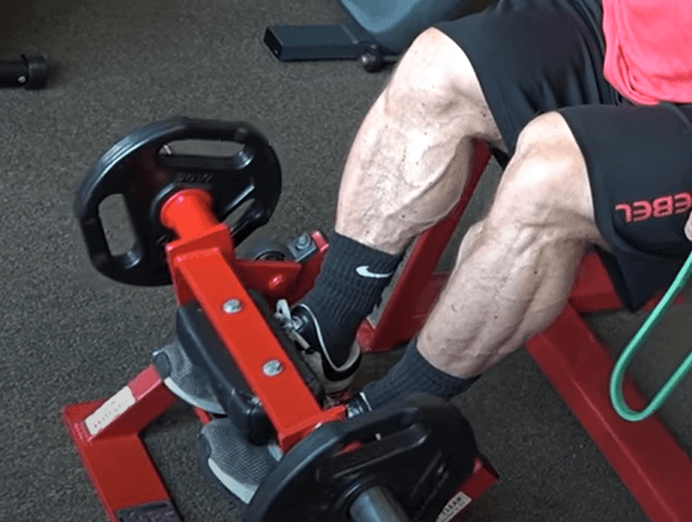
UNIQUE LIFTS CALF WORKOUT
Hack Squat Calf Raises — 3 x 12-15 reps
One-leg Standing Calf Raises — 3 x 15-20 reps
Rocking Calf Raises — 3 x 15-20 reps
Tibialis Raises — 3 x 15-20 reps
ONE MORE THING: CHANGE THE FREQUENCY
Opinions about how often to train calves vary from once per week to once per day. We recommend twice per week as a baseline, but you need to find the correct frequency for yourself. Experiment with every-other-day calf training. You may even want to try a week of hitting calves daily. Alternate a heavy workout (8-12 reps) with a light workout (15-20 reps). Generally, training lower legs more than twice weekly leads to either uninspired, low intensity workouts or overtraining, but it can be an effective shock strategy.
Related content:

